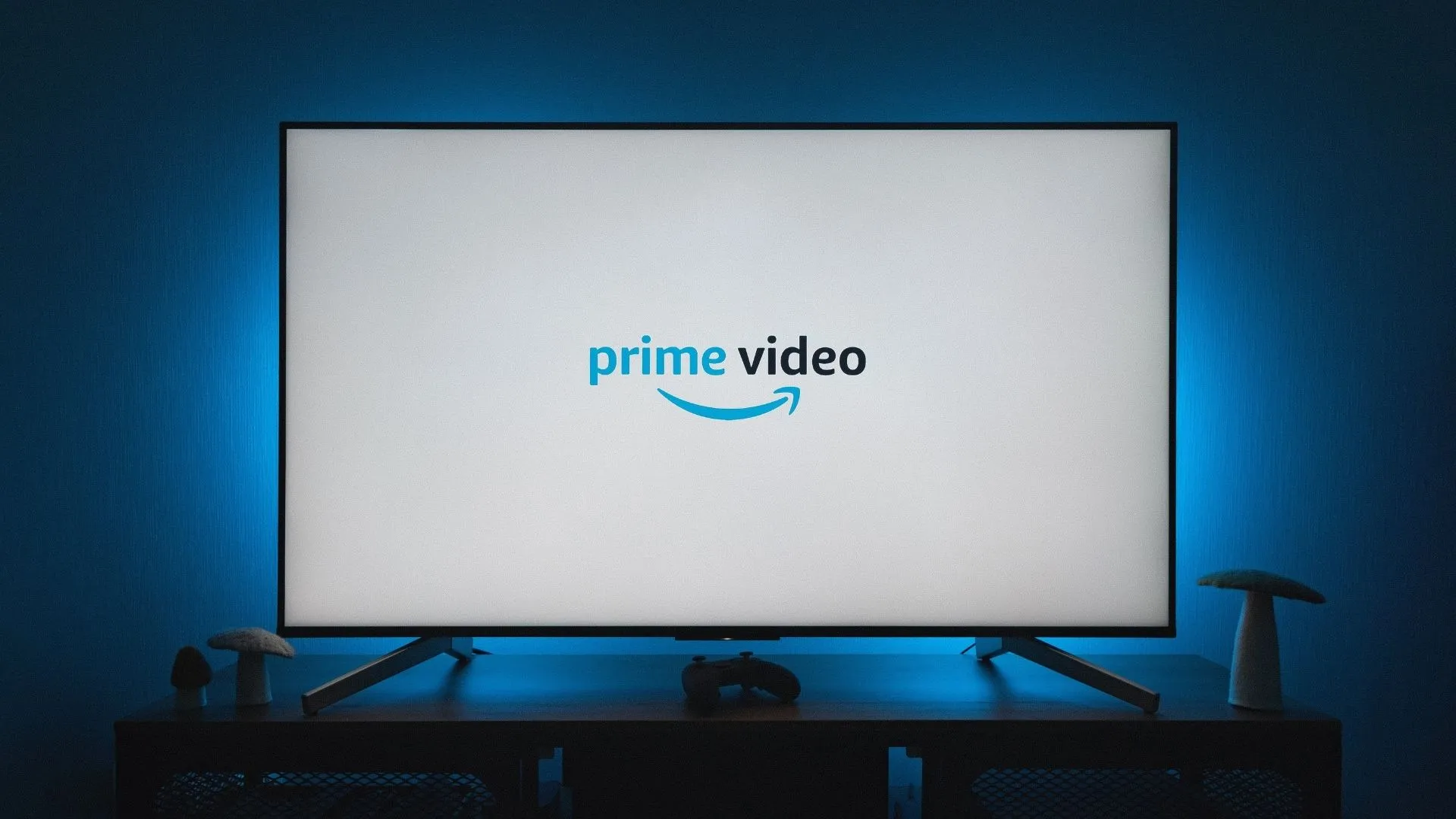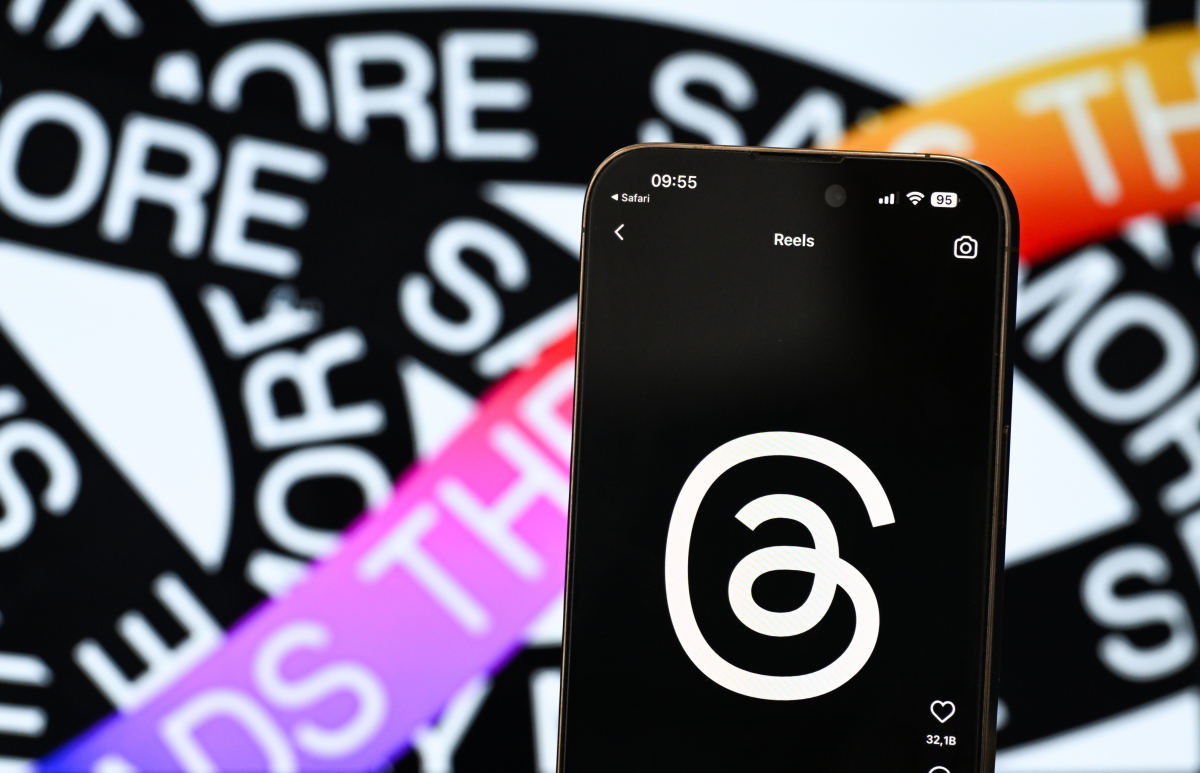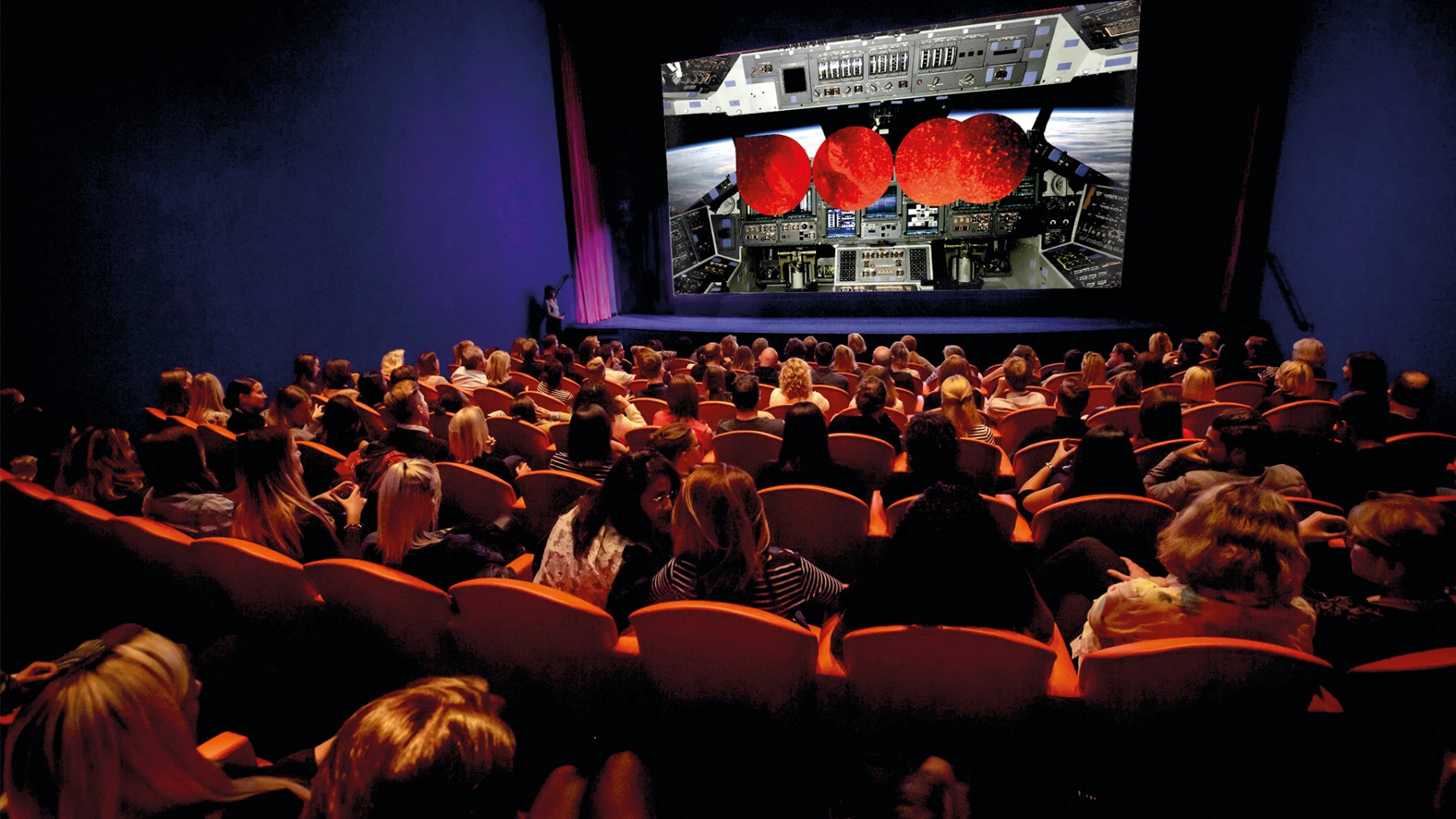
Ofcom’s latest report explores the changing media landscape, where the media diets of viewers are more fragmented than ever before. Public service broadcasters (ITV & BBC) dominate the current linear TV landscape as they can televise events of sporting or cultural significance, allowing them to gather mass audiences in front of a screen. However, traditional broadcast TV viewership is migrating to streaming, with impressions down by -5% YoY, and time spent consuming broadcast TV down by a further -12% YoY.
Cord Cutting & Declining Mass Viewership as a Trend
COVID-19 most certainly accelerated cord-cutting among most households, with a third of 55-64-year-olds and 15% of people aged 65+ having adopted a subscription service. Older audiences (Traditionally TV Loyalists) are now cutting back on traditional linear TV and transitioning towards streaming services like Netflix, ITVX, All4, and Disney+. Another trend is the fragmentation of viewing has led to a decline in programming that attracts viewers of 4 million+. Despite appointment-to-view shows such as “The Great British Bake Off,” live sport, and “I’m a Celebrity Get Me Out of Here,” still drawing in huge viewership figures, popular strongholds like “Coronation Street,” “EastEnders,” and “Emmerdale” are seeing their viewership decline. This decline can be attributed to the vast variety of quality programming available to choose from.
Impact & Significance
From the perspective of a Broadcaster, this decline in viewership across the TV landscape may make it increasingly difficult to maintain pricing, particularly for younger audiences. This is because advertising on TV follows a supply-demand model whereby the supply (number of people watching) and demand (number of advertisers) determine the cost of an advert. Broadcasters must explore new routes for advertisers to access these harder-to-find audiences in a cost-effective way.
From the Perspective of Advertisers, Media Owners & Agencies
How can Broadcast TV survive/thrive under these circumstances? We now exist in a world where AVOD, SVOD, BVOD, FAST, CTV, Cinema, Linear TV & YouTube all tend to fall under the umbrella AV/TV department within most agencies. The AV landscape requires more tools like CFlight, which aggregate viewing behaviour across all forms of television, whether live, time-shifted, or on-demand. Together, this means that AV is transitioning into a one-stop-shop for advertisers as well as broadcasters. Broadcasters should look to offer advertisers opportunities that include other third-party platforms, from YouTube to social media.
For TV to thrive going forward, the flourishing AV landscape must seek to regroup under one umbrella to face the new reality of a fragmented, yet content-rich ecosystem. The future could mean that linear TV no longer dominates home video entertainment, instead becoming one of the many strong contenders for viewers’ attention.










Recent Comments